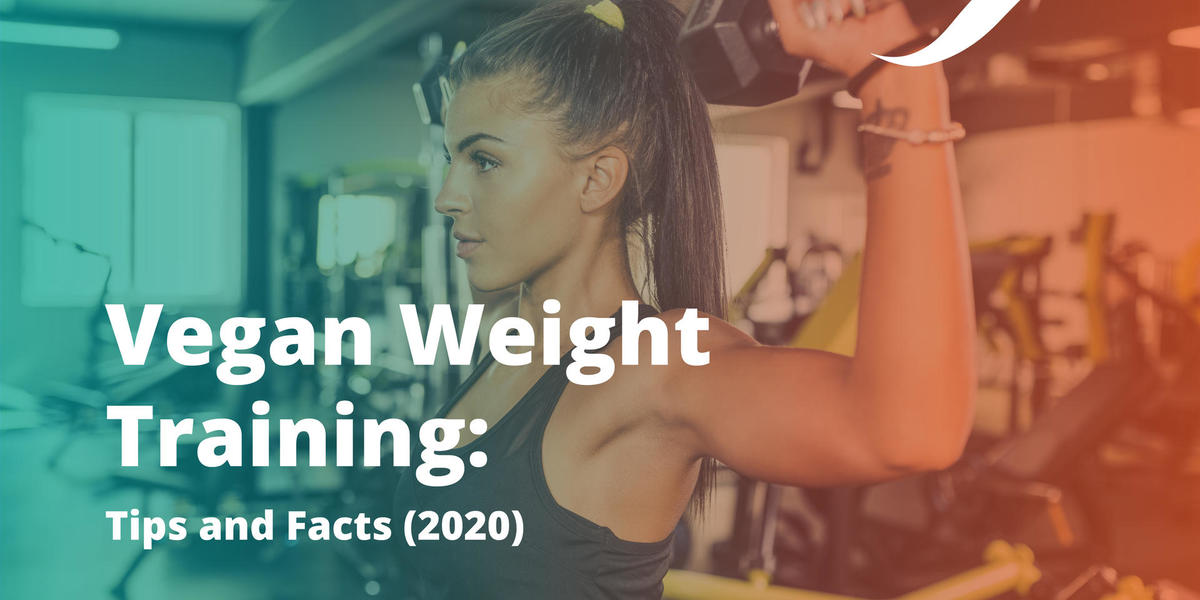
The biggest difference between vegan and vegetarian diets is how they fulfill their daily nutritional requirements. Vegetarians are restricted from eating dairy products or sweets with gelatine. Vegans don't consume animal products. They have lower body mass, cholesterol levels, and a lower body mass index than non-vegans.
Vegans shun all animal products
A vegan diet is one that avoids all animal products. This diet is popular with athletes and anyone who cares about their health. Vegans seek out non-edible protein sources such as plants, grains, or nuts. They avoid bones and other products derived from animals.
Vegans tend to avoid dairy products and eggs as well honey and fish. Vegan diets do not allow you to eat shellfish and fish. You can find vegetarian or vegan cheese, frozen pizza, and other items that do not contain any animal products. You should read labels carefully and make sure you are aware of all ingredients before buying anything.

Vegetarians avoid sweets containing gelatine
Many sweets contain gelatine which is a substance derived mainly from animal parts. Some jellies, however, are made from plant-based ingredients, such as Hartley’s jelly. Be sure to read the label! There are other ways to get gelatin without eating animal products, such as making your own jelly.
Although gelatine can be found as an ingredient in many commercial food products, it is better to avoid them for vegetarians. This protein is extracted from connective tissue and animal bones. It is used often to set foods. This protein is cheaper than butter, and prolongs the shelf life of many foods. Besides being used in meat dishes, gelatin is also found in many frozen vegetables. Some varieties of Green Giant’s Broccoli and Carrot Steamers have gelatine while Birds Eye Steamfresh Penne has whey.
They have lower body mass index
Studies show that vegetarians and vegans have lower body masses (BMI) than nonvegetarians. This could be because vegetarians tend not to consume as many processed or calorie-dense foods. Researchers looked at data from LIFE, an adult study that showed vegetarians had a lower weight.
A study published in the journal PLOS One suggests that a vegan and vegetarian diet may reduce the risk of developing cardiovascular disease and diabetes. 40 studies were compared from 12 different countries to compare the health of vegetarians and those who eat meat. According to Physicians Committee for Responsible Medicine vegans had lower BMIs than meat eaters. They also consumed fewer calories, less saturated fat, and had lower blood pressures as well as glucose levels.

They have lower cholesterol
Vegetarians, and vegans, tend to have lower levels cholesterol. This is due to the high fibre, antioxidants, lower saturated fat and plant food's higher fiber content. They are high in fruits and veggies, wholegrains (nucles), and seeds. These properties are good for the blood vessels, and they have been proven to reduce blood pressure and cholesterol.
Plant-based diets are associated with lower levels of total cholesterol, and lower levels of triglyceride. It can also help with a healthier weight and better overall health.
FAQ
How can my blood pressure be controlled?
You must first determine the cause of high blood pressure. You must then take steps towards reducing the problem. This could include eating less salt, losing weight if necessary, taking medication, etc.
Exercise is also important. Walking is a great alternative if you don't have the time or energy to exercise regularly.
You should join a gym if you are unhappy with your exercise routine. You'll probably want to join a gym where there are other people who share your goals. You will find it easier to keep to a workout schedule if you have someone to watch you at the gym.
Which are the top 10 foods you should eat?
The top 10 best foods are:
-
Avocados
-
Berries
-
Broccoli
-
Cauliflower
-
Eggs
-
Fish
-
Grains
-
Nuts
-
Oats
-
Salmon
Why is it important to live a healthy life?
Living a healthy lifestyle can help you live longer and more happy lives. A healthy diet, regular exercise, good sleep habits, and stress management will help prevent diseases like heart disease, diabetes, cancer, and stroke.
By living a healthy lifestyle, we can improve our mental health. It will make us more resilient to everyday stress. Having a healthy lifestyle will also boost our self confidence and help us look and feel younger.
Statistics
- WHO recommends consuming less than 5% of total energy intake for additional health benefits. (who.int)
- Extra virgin olive oil may benefit heart health, as people who consume it have a lower risk for dying from heart attacks and strokes according to some evidence (57Trusted Source (healthline.com)
- According to the 2020 Dietary Guidelines for Americans, a balanced diet high in fruits and vegetables, lean protein, low-fat dairy and whole grains is needed for optimal energy. (mayoclinichealthsystem.org)
- nutrients.[17]X Research sourceWhole grains to try include: 100% whole wheat pasta and bread, brown rice, whole grain oats, farro, millet, quinoa, and barley. (wikihow.com)
External Links
How To
What does the "vitamin") mean?
Vitamins are organic compounds found naturally in food. Vitamins help us absorb nutrients in the foods we consume. Vitamins cannot be produced by the body. They must be obtained from food.
There are two types if vitamins: water soluble, and fat soluble. Water-soluble vitamins dissolve readily in water. You can find vitamin C,B1 or thiamine, B2 or riboflavin and B3 or niacin. B6 is pyridoxine. Folic acid, biotin and pantothenic are some examples. The liver and fat soluble vitamins are stored in fatty tissue. Some examples include vitamin D and E, K, A, beta carotene, and A-vitamins.
Vitamins are classified based on their biological activity. There are eight main groups of vitamins.
-
A – Essential for normal growth, and the maintenance of good health.
-
C - important for proper nerve function and energy production.
-
D - Essential for healthy teeth and bones.
-
E - required for good vision & reproduction.
-
K - required for healthy muscles and nerves.
-
P – Vital for building strong bones.
-
Q – aids digestion and absorption.
-
R - Required for red blood cell production
The recommended daily allowance for vitamins (RDA) varies according to age, gender, or physical condition. The U.S. Food and Drug Administration has established the RDA values.
For adults over 19 years, the RDA is 400 mg per day for vitamin A. For fetal development, pregnant women require 600 micrograms per daily. Children ages 1-8 require 900 micrograms per day. Infants under one year of age require 700 micrograms per day, but this amount decreases to 500 micrograms per day between 9 months and 12 months of age.
Children ages 1-18years who are obese need 800 micrograms per day while those who are overweight need 1000 micrograms per day and children who are underweight need 1200 micrograms per day to meet their nutritional needs.
Children ages 4-8 years who have been diagnosed with anemia need 2200 micrograms per day of vitamin C.
2000 micrograms per person is necessary for general health. Due to their increased nutrient needs, pregnant and breastfeeding women need 3000 micrograms daily.
Adults over 70 need 1500 micrograms daily, since they lose around 10% of their muscle mass every decade.
Women who are pregnant, nursing or breastfeeding need more than the RDA. Pregnant mothers need 4000 micrograms per daily during pregnancy and 2500 after giving birth. Breastfeeding mothers need 5000 micrograms per day when breast milk is being produced.